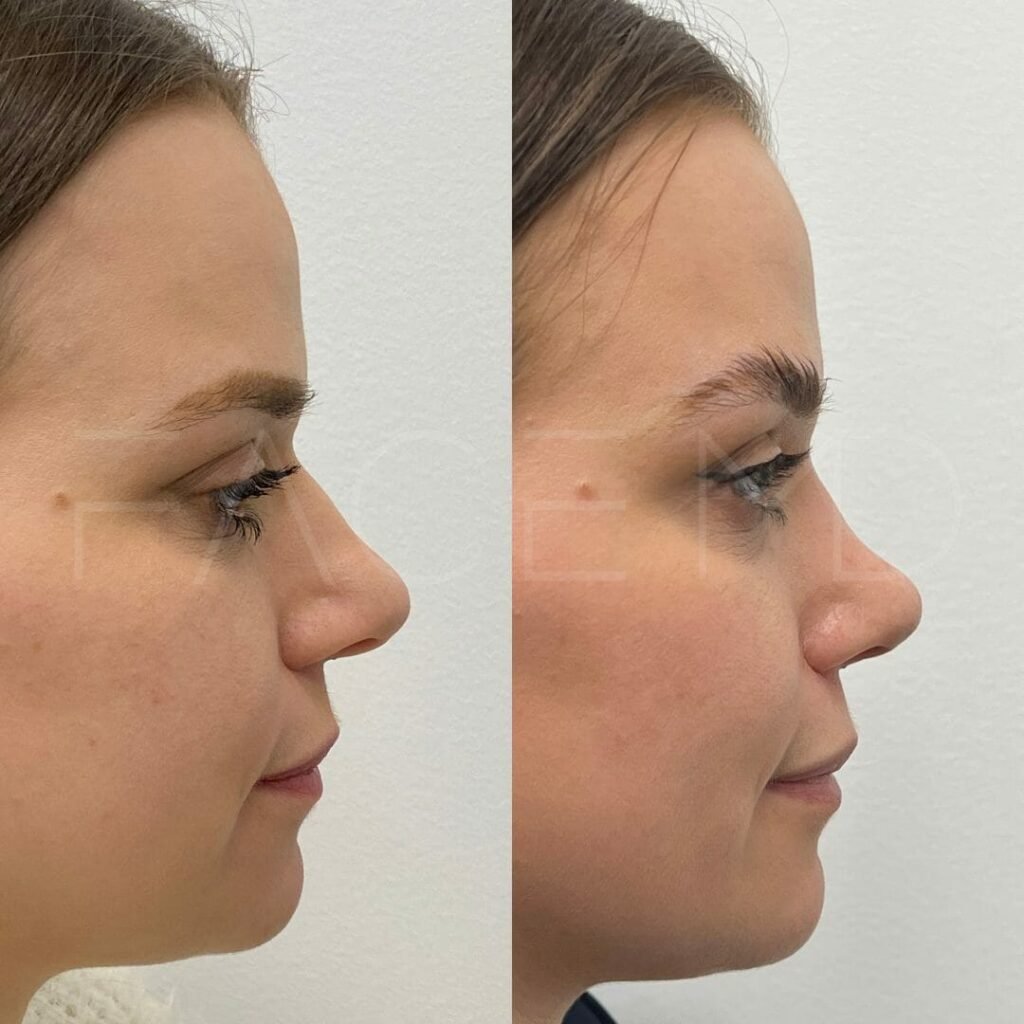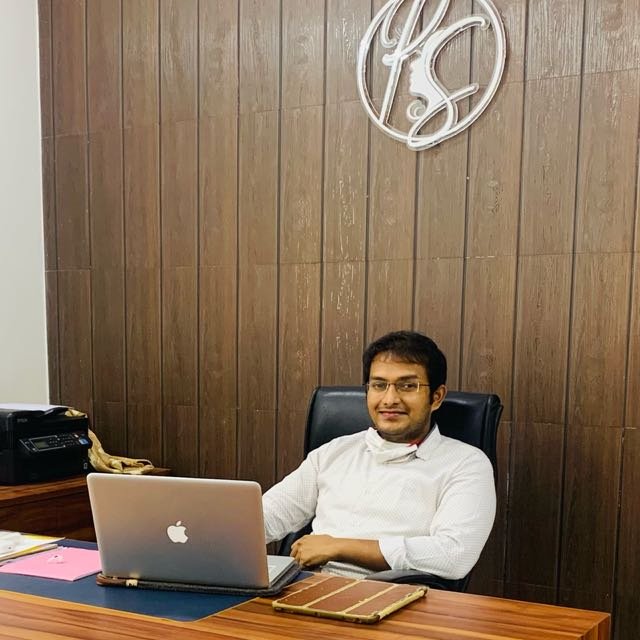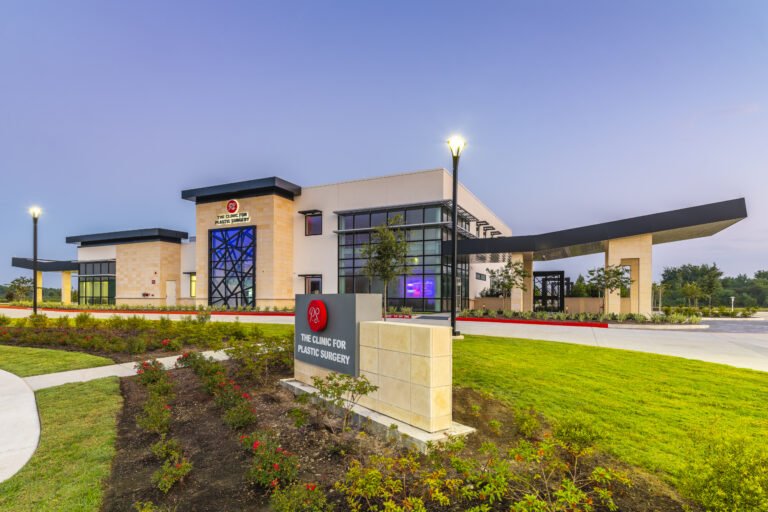Alar reduction surgery is a popular cosmetic procedure in Korea, especially among international patients seeking subtle yet effective nasal refinement. While the procedure is relatively minor, proper post-surgery care is essential to ensure fast healing, minimal scarring, and optimal results.
In this guide, we break down everything you need to know about post-operative care after alar base reduction in Korea—from wound care to travel tips.
🕒 What to Expect Immediately After Surgery
After alar reduction, most patients experience mild discomfort, swelling, and bruising, which typically subside within 1–2 weeks. Here’s a general timeline:
| Timeframe | What Happens |
|---|---|
| Day 0 | Surgery completed, light dressing applied |
| Day 1–3 | Swelling and slight discomfort peak |
| Day 4–7 | Stitches removed (if non-dissolvable), swelling begins to reduce |
| Week 2 | Bruising fades, most patients resume daily activities |
| Month 1–3 | Final shape and contour begin to reveal |
✅ Immediate Post-Op Care Tips (First 72 Hours)
1. Keep the Area Clean and Dry
- Avoid washing your face directly; use a gentle, damp cloth around the area.
- Dab the incision site with a sterile saline solution or as instructed by your surgeon.
2. Apply Cold Compresses
- Apply gently around the cheeks and nose—not directly on the incision.
- Helps reduce swelling and inflammation within the first 48 hours.
3. Sleep with Your Head Elevated
- Use 2–3 pillows or a wedge pillow to reduce pressure on the nose.
- Avoid side-sleeping or face-down positions.
4. Avoid Physical Strain
- No bending, heavy lifting, or strenuous activity.
- Limit facial movements (excessive smiling, yawning).
💊 Medications and Wound Management
1. Antibiotics & Painkillers
- Take antibiotics exactly as prescribed to prevent infection.
- Use painkillers only when necessary—most discomfort is mild.
2. Scar Ointments
- After stitches are removed and the wound is closed, your surgeon may recommend silicone gel or scar creams (e.g., Mederma, Dermatix).
- Apply only after clearance from your doctor.
3. Avoid Makeup on the Incision Site
- Refrain from applying foundation or concealer near the nostrils until fully healed (usually 10–14 days).
🚫 Things to Avoid During Recovery
| Avoid | Why |
|---|---|
| Smoking & Alcohol | Slows healing and increases infection risk |
| Hot Showers or Saunas | Excess heat may increase swelling |
| Blowing Your Nose | Can disrupt stitches and cause bleeding |
| Excessive Sun Exposure | UV rays can darken healing scars |
✈️ Post-Op Travel Tips for International Patients
Many foreign patients schedule their return flights 5–10 days after surgery. Here’s how to make traveling safer:
- Confirm with your surgeon before flying—especially if you still have stitches.
- Bring a travel pillow to avoid pressure on the nose while sleeping.
- Carry wound care essentials (antiseptic wipes, gauze, saline spray) in your carry-on.
- Avoid heavy luggage—ask for airport assistance if needed.
📅 Follow-Up Appointments (In Person or Virtual)
Most clinics in Korea offer:
- In-person suture removal (Day 5–7)
- Virtual follow-up consultations via video or email
- Instructions for local care if you’re returning home early
Pro Tip: Request your before-and-after photos, medical records, and post-op instructions translated into your language before leaving Korea.
💬 Real Patient Advice
“I stayed in Seoul for 8 days. The clinic gave me a healing kit, and I was surprised how quick recovery was. I looked photo-ready in two weeks!”
— Nadia, 27, UAE
“Sleeping upright helped reduce swelling fast. The staff explained post-op care in English, so I felt really comfortable the whole time.”
— Leo, 33, Australia
🌟 Final Tips for a Smooth Recovery
- Be patient—the final results can take weeks to months to fully settle.
- Communicate any signs of infection or unusual swelling to your clinic.
- Follow every instruction from your Korean surgeon—even after you return home.



